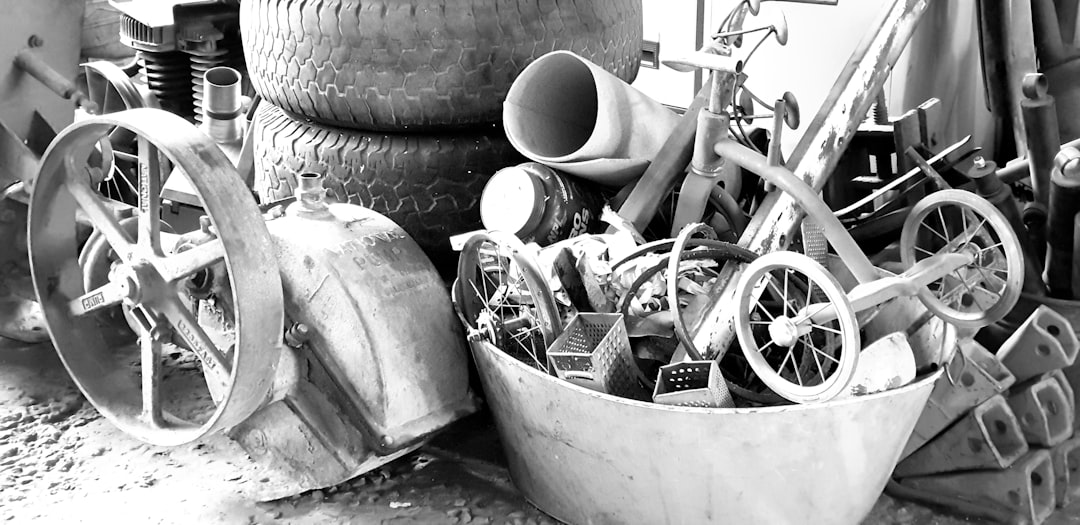
Maintaining a tidy and sanitized setting in clinical workplaces is important for individual security and overall wellness. Clinical offices, which cover from small clinics to big healthcare facilities, typically encounter special obstacles when it comes to hygiene and sanitation. In this overview, we will explore the most effective methods and important factors to consider for effective clinical office cleansing made to protect both patients and staff.
The very first step in medical workplace cleansing is an analysis of the facility. Understanding the specific areas that call for attention, such as waiting spaces, treatment locations, and toilets, is important. High-traffic zones need to be identified as they can be reproducing grounds for bacteria and contaminants. A thorough cleansing program need to include not simply routine cleaning and wiping, but additionally the persistent disinfecting of surface areas, tools, and equipment that clients or workers frequently touch.
Along with routine cleansing, it’s vital to carry out a method for dealing with hazardous waste. Medical workplaces generate different types of waste, consisting of organic and sharps waste, which need correct disposal methods to make certain safety and security. Educating staff to set apart between regular trash and harmful products is extremely important. Conformity with regional policies and guidelines for clinical garbage disposal not just maintains the office secure yet also shields the environment.
Additionally, the choice of cleaning items plays a significant duty in clinical office cleansing. It’s vital to use hospital-grade disinfectants that are effective versus a wide range of virus, including viruses and microorganisms. These products should be accepted for use in healthcare settings and must line up with the safety criteria of the clinical center. Normal training for cleansing staff on the proper use these products can enhance the efficiency of cleansing procedures while making sure the safety and security of both team and people.
Lastly, routine audits and continuous enhancements in cleaning procedures can substantially influence the total cleanliness of a clinical office. Developing a routine schedule for deep cleaning, along with everyday upkeep, can produce an environment that advertises health and wellness. Feedback from personnel and clients can lead these renovations. With effective medical office cleaning procedures in place, facilities can cultivate a risk-free and welcoming environment for every person.